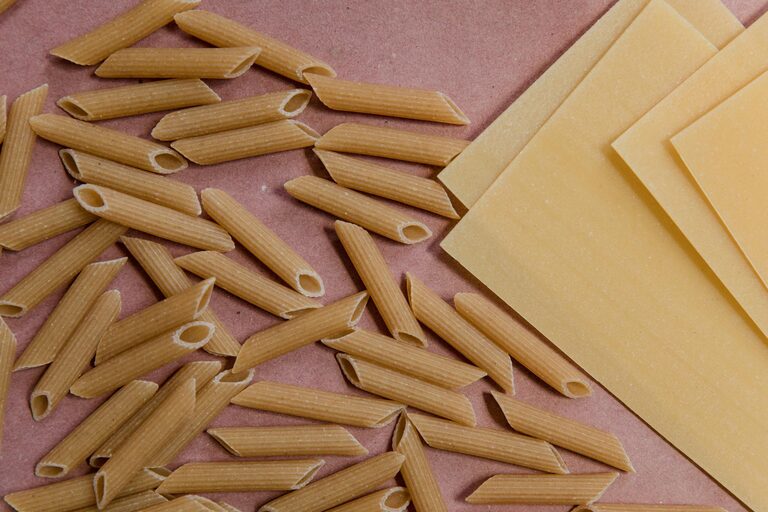
When life gets busy, or grocery trips are few and far between, your pantry can be a chef’s best friend. Planning meals from pantry staples not only saves money and reduces food waste but also makes mealtime less stressful. By understanding what you have on hand and how to combine ingredients creatively, you can prepare tasty, balanced dinners without last-minute store runs.
In this post, we’ll explore practical steps for meal planning using pantry items, ideas for staple ingredients, and flexible recipes you can customize. Let’s get started!
Why Plan Meals Using Pantry Staples?
Your pantry is a treasure trove of ingredients that can form the base for countless meals. Planning meals around what you already have helps you:
– Save money by avoiding extra food purchases
– Reduce food waste by using ingredients before they expire
– Make cooking easier since staples usually have a long shelf life
– Eat healthier by controlling what goes into your meals
Step 1: Take Inventory of Your Pantry
Before you start planning, you need to know what’s available. Take a few minutes to:
– Check canned goods: beans, tomatoes, broths, vegetables
– Look for grains: rice, pasta, quinoa, oats
– Note baking essentials: flour, sugar, baking powder
– Consider proteins: canned tuna, dried lentils, nuts, nut butters
– Identify spices and condiments: salt, pepper, dried herbs, sauces
Write down the quantities to avoid overbuying or wasting ingredients.
Step 2: Identify Your Meal Staples
Some ingredients often form the foundation of many meals. Common staples include:
– Grains and pasta: rice, spaghetti, macaroni, couscous
– Legumes: beans (black, kidney, chickpeas), lentils
– Canned goods: tomatoes, coconut milk, vegetables
– Flours and baking products: for making bread, pancakes, or thickening sauces
– Spices and seasonings: garlic powder, chili flakes, dried oregano, salt, pepper
Having these basics ensures you can whip up a balanced meal any day of the week.
Step 3: Plan Balanced Meals Around Staples
To create satisfying meals, aim to balance:
– Carbohydrates: grains, pasta, or starchy vegetables
– Protein: beans, lentils, canned fish, nuts
– Vegetables: canned, frozen, or fresh if available
– Fats: cooking oils, nuts, seeds, or butter
– Flavor: herbs, spices, condiments, broths
Here are a few example meal concepts:
One-Pot Lentil Stew
Ingredients: lentils, canned tomatoes, onion, garlic powder, broth or water, spices
Adds protein and fiber, uses pantry staples, and is easy to customize.
Chickpea Pasta Salad
Ingredients: pasta, canned chickpeas, olive oil, dried herbs, lemon juice or vinegar, salt, pepper
A quick, cold dish that can be a main or a side.
Tuna and Rice Bowls
Ingredients: canned tuna, cooked rice, soy sauce or other condiments, canned vegetables or fresh greens if on hand
Protein-packed and ready in minutes.
Step 4: Use Flexible Recipes and Adapt as Needed
Many recipes are forgiving and can be adjusted based on what you have. Here’s how:
– Substitute beans for lentils or vice versa
– Swap pasta shapes or grains depending on quantity
– Use different spices to change the flavor profile
– Add any fresh vegetables to boost nutrition and flavor
Keep a list of your favorite go-to pantry recipes and tweak them as your inventory changes.
Step 5: Organize Your Pantry for Easy Access
A well-organized pantry makes meal planning faster:
– Group similar items together: canned goods, grains, baking, spices
– Label containers to quickly identify contents
– Keep frequently used foods at eye level
– Use clear storage containers if possible
This saves time when you’re deciding what to cook.
Tips for Smart Shopping to Supplement Your Pantry
To keep your pantry stocked with essentials, shop with these tips in mind:
– Buy staples in bulk to save money (dry goods like rice, beans)
– Choose versatile canned goods (like diced tomatoes or coconut milk)
– Pick shelf-stable proteins like canned fish
– Restock spices slowly; some can last years
– Purchase a few fresh ingredients weekly to pair with pantry meals
Final Thoughts
Meal planning from pantry staples is a skill that improves with practice. It helps you save time, reduce trips to the store, and minimize food waste while still enjoying delicious meals. Start by knowing what you have, create balanced meals with flexible recipes, and keep your pantry organized.
With these strategies, your pantry becomes a center of convenience and creativity in your kitchen. Happy cooking!
